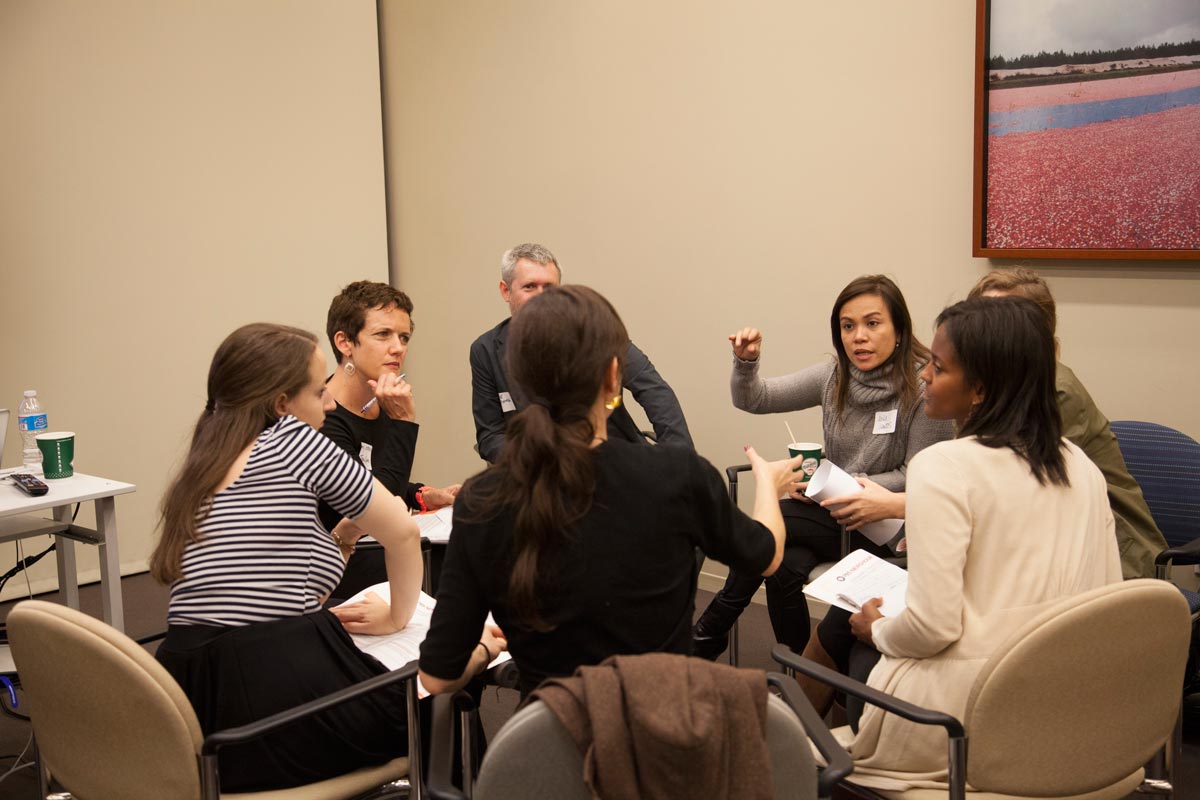Purposefully Build an Understanding of Solutions Journalism

Before embarking on solutions journalism initiatives, take time to formally introduce the concept to the newsroom and give reporters the chance to ask questions about it. Many editors emphasize the value of gathering the whole team to get a solid orientation to solutions journalism, particularly if skeptics need to be brought on board. It’s important to give those skeptics air time: Letting them play out their questions and fears in front of colleagues, and addressing those issues openly, can help build broader support.
Many partners begin their transition to solutions reporting with an on-site workshop or training from the Solutions Journalism Network. Editors emphasize the importance of establishing a common understanding and a shared vocabulary around solutions journalism from the start. In addition to in-person workshops and trainings, SJN has a range of resources that are freely available, including webinars that educate and inform practitioners about solutions reporting.
At WEWS News 5 Cleveland, a solutions journalism project on housing blight was jump-started with a large newsroom training and intensive planning sessions with SJN. “Make sure that everybody understands what [solutions journalism] is,” says WEWS News Director Jeff Harris. “We spent a good morning talking about it,” says Kirstin McCudden, Managing Editor of Digital and Multimedia Content at KCPT, a PBS station in Kansas City. McCudden also notes that editors should be prepared to orient those who aren’t in the room at this initial training, such as freelancers or contractors, so that everyone in the newsroom operates from a baseline knowledge of solutions journalism.
However, keep in mind that it can still take some time to form new habits and new ways of thinking. “It’s not a light switch that you just flip,” says Harris. Sometimes, no amount of persuasion will bring the skeptics around in a workshop setting. The better approach may be to allow the work that follows, and its impact, speak for itself.
Partners also report that successful solutions journalism stories often cause broader enthusiasm about solutions journalism to permeate across the newsroom. There’s a sort of fishbowl effect, as journalists gradually take interest in a project as it gains visibility and drives community discussion.

